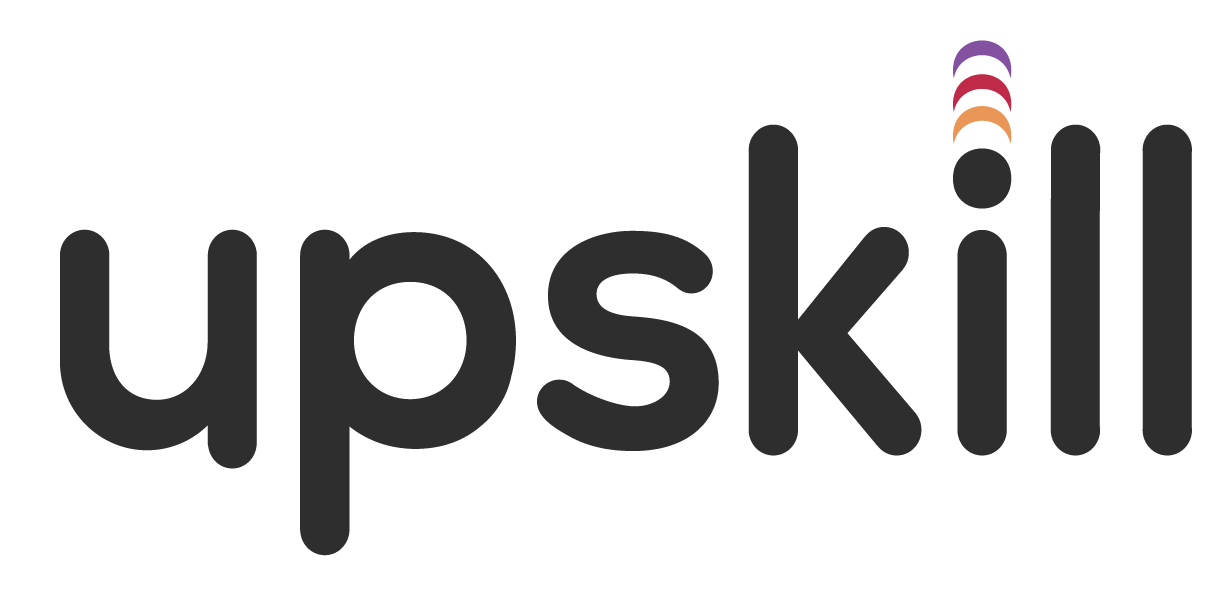IFRS for SMEs – Get yourself ready for change. No stone was left unturned during the IASB’s second comprehensive review of the IFRS for SMEs standard. Every entity reporting in terms of IFRS for SMEs will be impacted by the proposed changes from Section 1 to Section 35 of the Standard.
Our upcoming course focuses on the most relevant changes as proposed in the new Exposure Draft and focus areas relate to the:
Visit the course page to book your seat: IFRS for SMEs
Areas affected mostly
The areas mostly affected by the proposed amendments are:
Fair value measurement
Entities applying fair value methods in their accounting policies would need to take note of a new section added on Fair value measurements that can affect their timing, planning and costing of the determination of fair values. The new Section 12 on fair value measurement shows alignment with the current IFRS 13 Fair value measurement and illustration examples were included to aid preparers and auditors of IFRS for SME financial statements. Entities should familiarise themselves with the scope inclusions and scope exclusions of this specific section.
Other changes
Clarification and minor changes to most of the sections may assist to ease some application issues for companies on the current IFRS for SMEs standard and as a whole, aims to enhance the users of the financial statements understanding. Some of the affected changes that entities should take note of, relate to:
Who should attend?
The target audience that will most benefit from the course are:
Delegates will obtain an understanding of the changes proposed by the IASB and will be able to identify areas of concern that are applicable to their financial statements.
This will allow them to investigate the proposed changes and put measures in place to deal with respective challenges accordingly before the changes become effective. It is also beneficial for entities that form part of a consolidation to understand group policies and how to implement the changes to ensure the group follows a consistent approach. With some of the changes affecting comparative figures and opening balances, a sooner rather than later approach is required in getting an entity ready for the proposed changes to the IFRS for SME standard.
Our upcoming course focuses on the most relevant changes as proposed in the new Exposure Draft and focus areas relate to the:
- Revised changes;
- Structural changes and;
- Proposed amendments.
Visit the course page to book your seat: IFRS for SMEs
Areas affected mostly
The areas mostly affected by the proposed amendments are:
- Section 23 Revenue, which follows a simplified version of the current IFRS 15 Revenue from contracts with customers and;
- Section 11 Basic financial instruments and Section 12 Complex financial instruments are combined into one section and now include some proposed changes relating to impairment calculations from IFRS 9 Financial instruments.
Fair value measurement
Entities applying fair value methods in their accounting policies would need to take note of a new section added on Fair value measurements that can affect their timing, planning and costing of the determination of fair values. The new Section 12 on fair value measurement shows alignment with the current IFRS 13 Fair value measurement and illustration examples were included to aid preparers and auditors of IFRS for SME financial statements. Entities should familiarise themselves with the scope inclusions and scope exclusions of this specific section.
Other changes
Clarification and minor changes to most of the sections may assist to ease some application issues for companies on the current IFRS for SMEs standard and as a whole, aims to enhance the users of the financial statements understanding. Some of the affected changes that entities should take note of, relate to:
- The use of materiality and the aggregation and disaggregation of information and the line items affected in the financial statements.
- Clarification on transfers to and from investment property that should be based on evidence from a change in use.
- Consequential changes due to revised and structural changes elsewhere in the Standard.
- Guidance on restructurings in Section 21 for Provisions and the possible link with Section 28 Employee benefits in terms of terminations of employment because of the restructuring.
Who should attend?
The target audience that will most benefit from the course are:
- Tertiary students
- Preparers of financial statements
- Auditors
- Finance personnel
- Finance consultants
Delegates will obtain an understanding of the changes proposed by the IASB and will be able to identify areas of concern that are applicable to their financial statements.
This will allow them to investigate the proposed changes and put measures in place to deal with respective challenges accordingly before the changes become effective. It is also beneficial for entities that form part of a consolidation to understand group policies and how to implement the changes to ensure the group follows a consistent approach. With some of the changes affecting comparative figures and opening balances, a sooner rather than later approach is required in getting an entity ready for the proposed changes to the IFRS for SME standard.

Meet the author
Annalien Carstens
Annalien Carstens is the Managing Director of Altimax. As a company, which focuses on solutions impacting people. Her specialisms include IFRS, IFRS for SMEs, IPSAS, GRAP, ISAs and ISQM 1. For the past 18 years, Annalien has been the lead director for the implementation of several turn-around; audit quality; audit improvement; adoption of new reporting and auditing frameworks and standards; and training projects. Altimax services listed entities, large non-listed entities, national and provincial departments, constitutional entities, legislatures, public entities, municipalities, audit firms and professional bodies.
